Closed-circuit television (CCTV) is the use of video cameras to transmit a signal to a specific place, on a limited set of monitors. CCTV can be a single network of cameras or multiple networks of camera linked together via switches, internet, DVR or wide area computer technology. CCTV Video data is analog. The analog signal can be converted to digital via CCTV Digital Video Recorders. Once the video data is digital it can be managed just like any other computer data and can be stored automatically on computers and network storage devices.
In industrial plants, CCTV equipment may be used to observe parts of a process from a central control room, for example when the environment is not suitable for humans. CCTV systems may operate continuously or only as required to monitor a particular event. A more advanced form of CCTV, utilizing Digital Video Recorders (DVRs), provides recording for possibly many years, with a variety of quality and performance options and extra features (such as motion-detection and email alerts). More recently, decentralized IP-based CCTV cameras, some equipped with megapixel sensors, support recording directly to network-attached storage devices, or internal flash for completely stand-alone operation.
Applications for CCTV Systems
- Monitoring traffic on a bridge.
- Recording the inside of a baking oven to find the cause of problems.
- A temporary system to carry out a traffic survey in a town centre.
- Time lapse recording for the animation of plasticine puppets.
- Used by the stage manager of a show to see obscured parts of a set.
- The well-publicized use at football stadiums.
- Hidden in buses to control vandalism.
- Recording the birth of a gorilla at a zoo.
- Making a wildlife program using a large model helicopter.
- Reproducing the infrared vision of a goldfish!
- Aerial photography from a hot air balloon.
- Production control in a factory.
The key components of every Closed Circuit Television (CCTV) system are: single or multiple cameras, recording device and a monitor. Closed Circuit Television (CCTV) systems are broadly divided into two known types, namely: wired CCTV systems and wireless CCTV systems. Wired CCTV systems bind all three key components of a CCTV system with cables while a wireless CCTV system comprises of a wireless camera that need not be connected to the recording device and monitor.
Both of these systems have distinct advantages and disadvantages associated as different types of technology are employed to provide security and reliable monitoring.
Wireless CCTV systems
Wireless CCTV systems are increasingly becoming a popular choice among CCTV buyers on account of the ease of installing such a system, lack of cabling requirements and assured mobility. The key advantages are:
- A wireless camera can be moved to other locations requiring observation while it is difficult to move a wired camera.
- Best suited for locations requiring temporary observation or in a temporary location.
- Wireless camera can be hidden to detect theft or pilferage
- Wireless recording and monitoring device need not be in the same line of sight allowing observation of any place from another remote location.
- Wireless systems are cost effective, re-deployable and portable.
At the same time, there are some disadvantages of wireless CCTV systems, which are listed below.
- Wireless systems require a dedicated frequency to transmit signals from the camera to the receiving and recording station.
- Frequencies may be subject to various interruptions by use of electric motored products, air conditioning, fluorescent lighting or cordless telephones which affect the picture quality.
- Wireless camera may not provide the best picture quality as such systems are susceptible to picture distortion while wired cameras provide relatively better picture quality.
- Wireless CCTV cameras may need electric power which implies a wire runs through the camera though the video connection is wireless.
- Wireless systems require wireless technology-specific expertise to diagnose and fix break downs in the system.
Wired CCTV Systems
Wired CCTV systems connect the camera to the recording device and monitor with the help of standard coaxial cables or Unshielded Twisted Pair (UTP) cables or fiber optic cables. The key advantages of wired CCTV systems are:
- Provides the best picture quality with zero interference
- The camera can be located hundreds of meters away from the recording or monitoring equipment.
- All sensors can be run from a single power supply
The key disadvantages are:
- Cabling and installing can be a tedious task, requiring help from experts
- Observation is fixed to a specific area and the camera cannot be easily moved to another location.
Overall, wireless cameras are relatively more expensive than traditional wired cameras. Wireless CCTV systems are a preferred choice in specific locations devoid of easy cabling facilities and for individuals requiring an easy-to-install solution. The wired CCTV system is a preferred choice when good picture quality and economy considerations gain precedence.
Components of CCTV System
Digital Video Recorder (DVR)
A digital video recorder (DVR) is a consumer electronics device or application software that records video in a digital format to a disk drive, USB flash drive, SD memory card or other local or networked mass storage device. The term includes set-top boxes (STB) with direct to disk recording facility, portable media players (PMP) with recording, recorders (PMR) as camcorders that record onto Secure Digital memory cards and software for personal computers which enables video capture and playback to and from a hard disk drive. DVR changes the signal of analog images in CCTV (Closed Circuit elevision) cameras into digital data. DVR compresses and retrieves the recorded images through the international code of H.263 or MPEG (Moving Picture Experts Group) so that it can display clear and crisp images. DVR has numerous advantages over conventional CCTV systems.
DVR system characteristics:
- High speed multi-recording
- Motion detection
- Remote camera control
- Image magnification
- Editing
- Permanent data storage
- Remote surveillance
- Play-back and record through LAN (Local Area Network), high speed internet connection(cable, dsl, etc.) and modem
- Competitive pricing against existing analog CCTV recording systems
Types of DVR
Digital Video Recorder Card(PC based): The simplest and most affordable way to a DVR security system. Install directly into your existing personal computer by sliding this board into your computer’s PCI slot. It is recommended to install this board into a stable computer because the stability of the existing computer will also affect the stability of the overall DVR system.
PC Type DVR System: A DVR box with an installed DVR capture board and operating system that also includes the PTZ and sensor control function. All components integrated and fully tested to provide a very stable system.
Set – Top Box(Standalone DVR): A DVR box designed with elegance and style that can be placed at the business owner’s room or security chief’s office. This box is extremely stable because only the necessary parts have been used and all unnecessary or extraneous parts have been excluded.
CCTV Camera
Closed-circuit television (CCTV) cameras can produce images or recordings for surveillance purposes, and can be either video cameras, or digital stills cameras. The starting point for any CCTV system must be the camera. The camera creates the picture that will be transmitted to the control position.
Apart from special designs CCTV cameras are not fitted with a lens. The lens must be provided separately and screwed onto the front of the camera. There is a standard screw thread for CCTV cameras, although there are different types of lens mounts. Not all lenses have focus and iris adjustment. Most have iris adjustment. Some very wide angle lenses do not have a focus ring. The ‘BNC’ plug is for connecting the coaxial video cable. Line powered cameras do not have the mains cable. Power is provided via the coaxial cable.
Types of CCTV Camera
Dome Camera: Dome cameras are installed inside a dark dome and are designed in a way that they go unnoticed by visitors. They come in compact design for a discreet appearance. The thief does not know if the camera is recording. These cameras can also be rotated and tilted manually. Dome type cameras are used in public places like railway station, bus terminals, and other areas where there is huge gathering of people.
- When the camera is within someone’s reach domes cannot be easily manipulated or vandalized
- Domes Installs easy in drop ceilings – usually 2 screws
- Since a dome has a covered lens the direction the camera is pointing is hidden
- Domes can accommodate infra-red for Night Vision
Box Camera: The box camera is mechanically simple, the most common form is a cardboard or plastic box with a lens in one end and film at the other. The lenses are often single element designs meniscus fixed focus lens, or in better quality box cameras a doublet lens with minimal (if any) possible adjustments to the aperture or shutter speeds. Because of the inability to adjust focus, the small lens aperture and the low sensitivity of the sensitive materials available these cameras work best in brightly lit daylight scenes when the subject is within the hyper focal distance for the lens and of subjects that move little during the exposure . — snapshots. During the box cameras heyday in popularity, box cameras with photographic flash, shutter and aperture adjustment were introduced, allowing indoor photos.
- When mounting to a wall or any vertical area
- When viewing long distances where a long lens is required, which would not fit inside a dome or bullet camera
- When extreme low light conditions are not a consideration
Bullet Camera: Bullet cameras are placed inside a bullet shaped housing, and they are used in residential places as well as commercial places. They are small in size, have an integrated design, and are really effective. They offer illuminate viewing even in darkness and are weatherproof as well.
- When you want the camera to be inconspicuous but not covert
- When the camera is not within someone’s reach
- When extreme low light conditions are not a consideration
- For shorter to middle distances
Infra Red Camera: The distances infra-red cameras can see are based upon its illumination capacity. Infra-red cameras have LED’s, which cast out into the darkness. Realistically, a good rule of thumb (but not an absolute) is figure 1 foot for each LED. Therefore, if a camera has 30 LED’s then it probably can see about 30 feet. There are some newer LED’s called Cat’s Eyes, which have more power, but they are not very common. You would notice a Cat’s Eye by the extra large size of the LED’s. With respect to infrared quality it has more to do with the intensity of the LED’s and the distance they cover. One thing to note is that infrared LED’s do have a limited life since they are illuminating so they do burn out over time.
- When there are extreme low light conditions
- When the camera is not within someone’s reach
Covert/ Hidden Camera: Hidden cameras are compact in size and are used for secret monitoring. They are usually installed in public places like department stores, clubs, etc. Hidden cameras have a built-in recorder that records and broadcasts simultaneously. By using a large number of security cameras and networking them various strategic views of the place can be obtained.
Wireless Camera: Wireless security cameras are closed-circuit television (CCTV) cameras that transmit a video and audio signal to a wireless receiver through a radio band. Many wireless security cameras require at least one cable or wire for power; “wireless” refers to the transmission of video/audio. However, some wireless security cameras are battery-powered, making the cameras truly wireless from top to bottom. Wireless cameras can be found in most styles. For the most part wireless cameras require a line-of-sight to function properly. Distances will vary depending upon the strength of the transmitter and receiver, what other devices are in the same spectrum, etc. Realistically, you are looking at distances of 100’ or less on affordable wireless equipment. There are external wireless transmitters and receivers that can attach to any standard camera and make them wireless, but the costs are incredibly prohibitive.
Pan Tilt Zoom (PTZ) Camera: Pan-tilt-zoom camera offers the ability to view and zoom in all directions. You can even set the camera to automatically rotate to different fields of vision. Pan, Tilt, Zoom cameras cost anywhere from 5x – 10x the cost of a fixed camera. The Pan, Tilt, Zoom camera cannot record or see where it is not looking. You cannot pan, tilt or zoom after it has been recorded (this can only be done with a 360 degree camera). Making a PTZ camera wireless adds thousands to the cost. PTZ cameras can though perform various functions not possible with a fixed camera. You can control a PTZ camera and zoom in optically up to 36x and beyond digitally up to 12x giving zoom capabilities in the 100’s. The PTZ’s have intelligence and can be programmed to perform pre-defined tours and upon the event of an alarm the camera can swing to a specified location before continuing its tour. An operator can override and take control of the camera at any time.
- When you want live control of the camera and adjusting the manual pan, tilt or zoom on a fixed cameras is not practical
- When you want to set up a camera to tour the premises
- When you want to view several angles from a single camera
CCTV Camera Categories
Indoor vs Outdoor Cameras: Indoor and outdoor cameras are the same in terms of styles, sizes and shapes. The principle difference is outdoor cameras are at a minimum weather-proof. While rain is a primary issue other considerations such as moisture, dust, sand, snow, frost and humidity need to be addressed. Accordingly, some cameras are equipped with heaters and blowers to counteract the elements, while others can be housed in outdoor enclosures for the specified purpose.
Outdoor cameras most likely have to address low light conditions for evenings. Accordingly, they either have to have infra-red or some day/night technology, which today are quite affordable.
Infrared (IR) Radiation: Infrared is used in night-vision cameras when there is insufficient visible light to see an object. The camera uses the infrared portion of the electromagnetic spectrum, sometimes referred to as thermal imaging. The radiation is detected and turned into an image, hotter objects showing up in different shades than cooler objects, enabling the camera to see warm targets, such as human beings and automobiles.
Day/Night: IR Day/ Night Camera are used for high alert security areas where surveillance needs to happen throughout day and night. A sensitivity enhancement technology which improves light sensitivity of a camera by a factor of 2 for visible light and a factor of 4 for near-infrared wavelengths. It still cannot work in near zero light as will an infrared camera. While both infrared and day/night technology sound expensive, both have become commercialized and are surprisingly affordable. The difference in camera pricing for one of these cameras versus a traditional camera is nominal.
The rule of thumb we like to use is if you walk the area where you intend for the camera to be and view it at its lowest possible lighting, if you can see with the naked eye, then the day/night camera should be fine.
Monitors
The picture created by the camera needs to be reproduced at the control position. A CCTV monitor is virtually the same as a television receiver except that it does not have the tuning circuits.

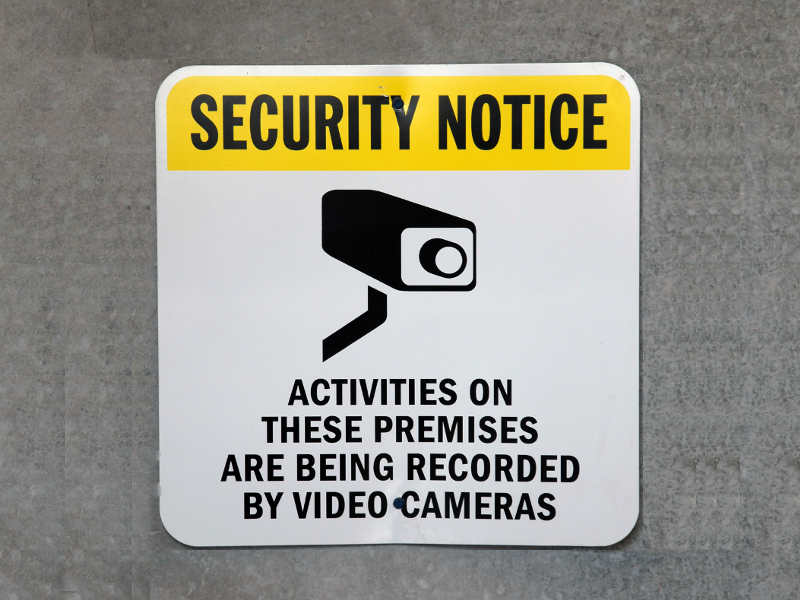
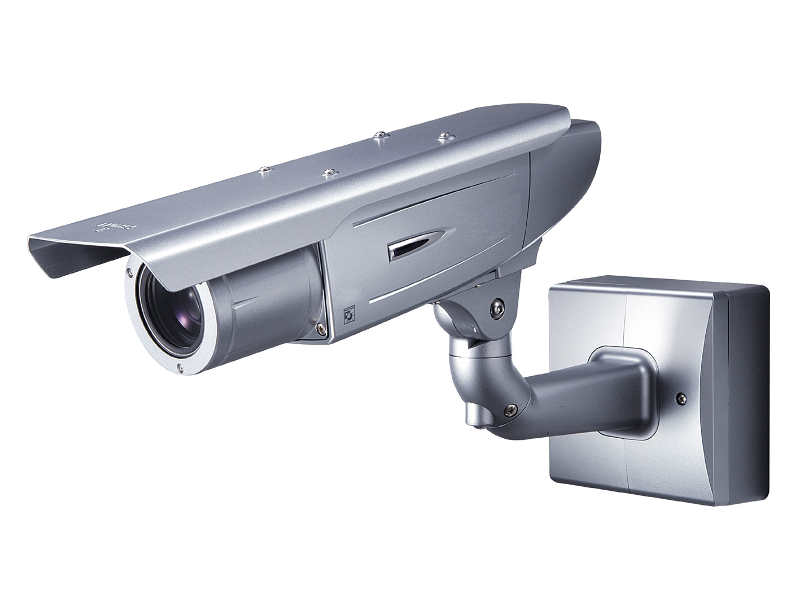
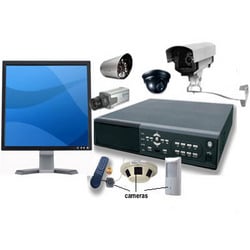
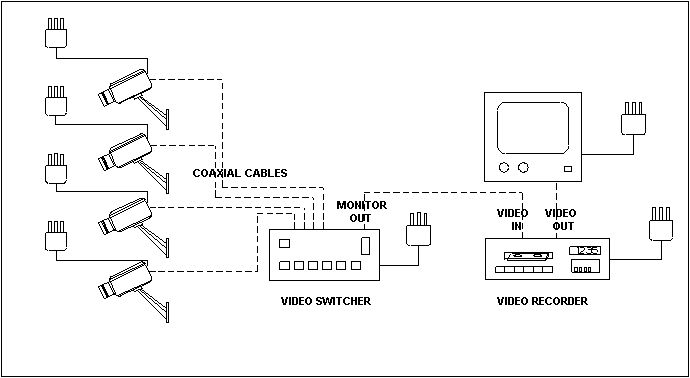

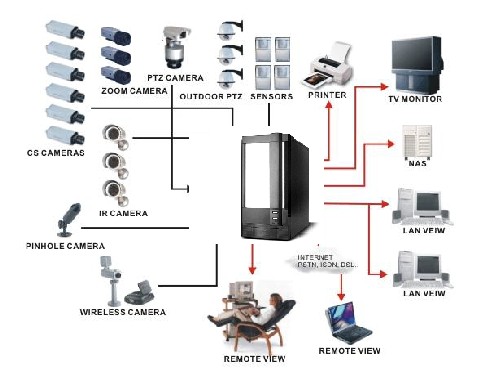
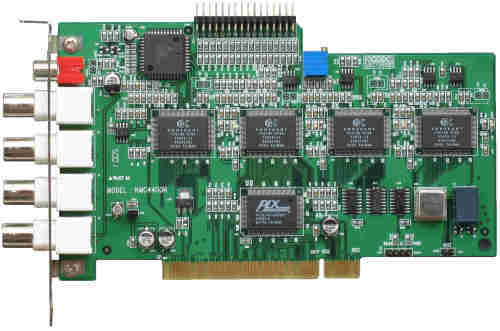


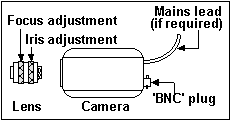
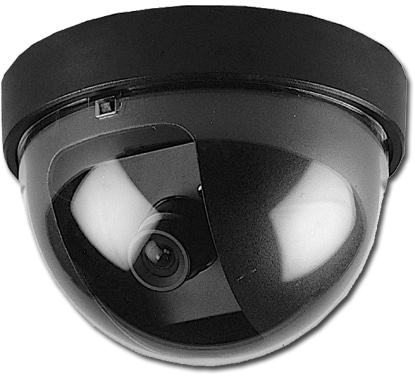
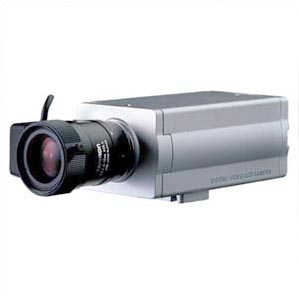
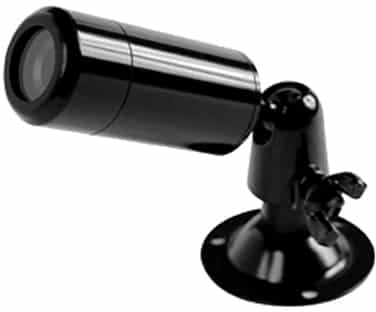
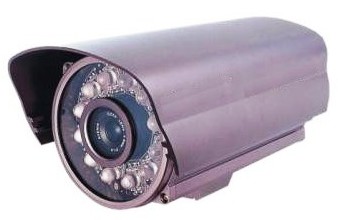
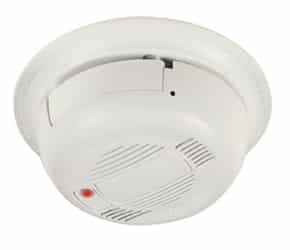
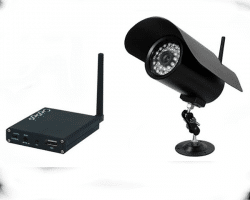
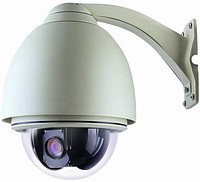
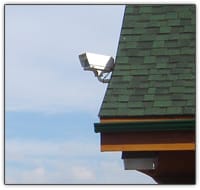
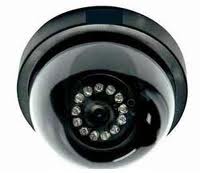
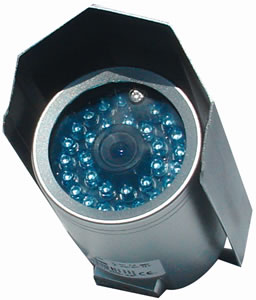
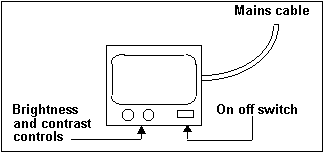
Leave A Comment
You must be logged in to post a comment.